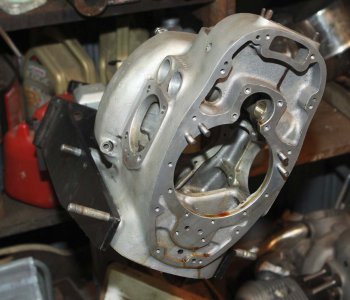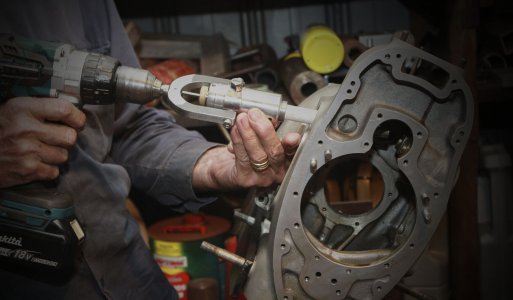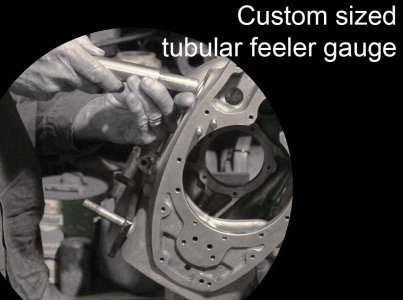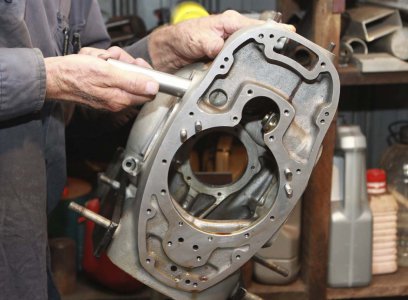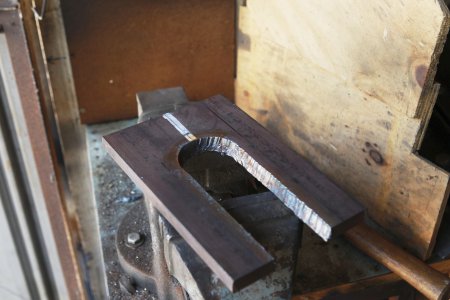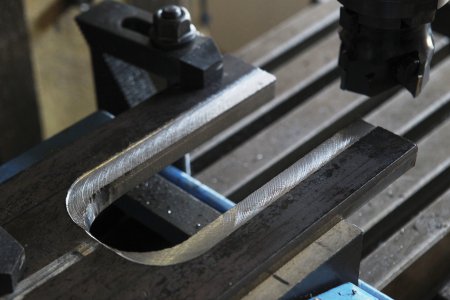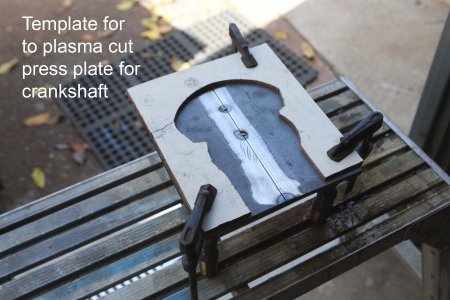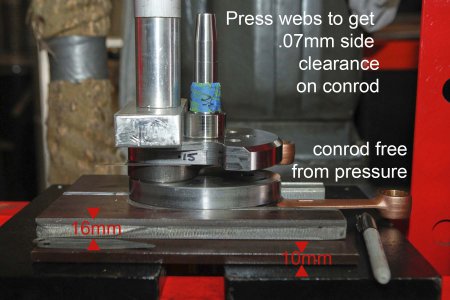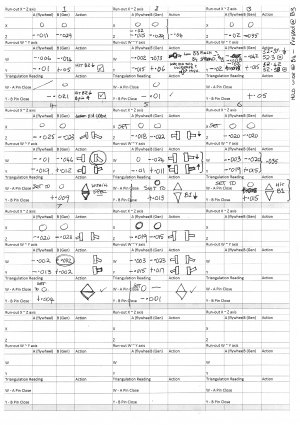Can we get back to the R69S? lol
I have a smaller cousin, the R26, and have done a lot of work on both singles and twins of the era, working at a BMW bike workshop and dealer in the 70s in Germany and then in Melbourne, Australia. Rebuilt a few R69S in that time. Loved them! Lots of torque for the size, 42Hp was a lot in the 60s - not so much now.... but these engines would run at max power for hours and hours continuously. I one did a 1000km non-stop trip Cologne - Vienna and again non-stop back a few days later on an R50S - never missed a beat and sat on the redline pretty well all the way on the Autobahn. Pretty crazy thing to do, but then I was 18..... now I'm 70.....
Hi Joe
The 69s engine rebuild project is grinding on slowly. Here is what the current status is.
1. The reproduction crankshaft I purchased from a supplier in Europe is proving to be a bit of a challenge.
I measured the alignment, the runout and the slide clearance on the big ends. The alignment was
+/- .625mm permissable misalignment +/- .2mm - well I adjusted the alignment down to less than .01mm
Well that seemed promising but now my runout is .05mm on the front shaft which holds the generator.
Permissable max runout is .02
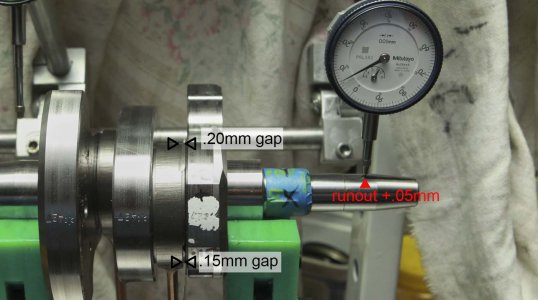
So I am looking at this situation with a patient mind. The side clearance on the conrod to crankweb should be max .07mm.
Which is what the rear conrod is set at. It seems at a cursory glance that if I press the front journal/crankpin further onto the central web to make the clearance both .07mm then the runout will quite possibly be even worse.
So at the moment I am thinking before I rush in.
2. The second task to undertake is resizing the bores for the cam followers to take the oversized cam followers I have.
I initially thought I would ream the bores using an adjustable reamer. I have never done reaming before so I turned up some brass bushes to match the undersized spec of the bores and reamed them out to fit the new cam followers.
I was not happy with the result. Too much chattering resulted in a sort of corrugated surface inside the bores.
So I investigated a spiral reamer, but it would have to me custom made and the quoted price was $300.
The other consideration was even with the custom reamer I was advised that the surface finish would be inferior to honing.
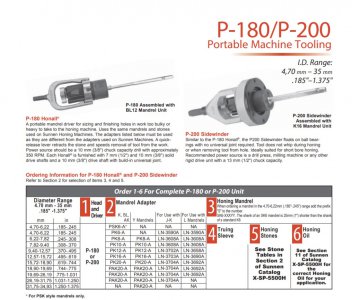
Enter the P180. I went and met with the suppliers and looked at the price of the P180. Expensive at about $1200 for the complete tool to do the job.
So what I have done is I have just purchased the mandrel and grinding stones and grinding oil.
The current project to make up a tool which is basically a custom universal joint with a threaded adjuster to expand the mandrel to the exact dimension.
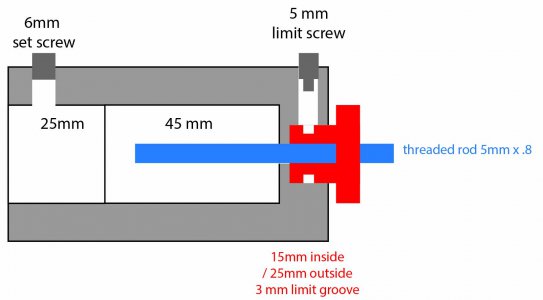
So here is the first part to be made. Which is sitting in the lathe awaiting my attention.
So there is the update on the R69s engine.
All comments and suggestions are welcome.
I am not a fitter and turner by trade just someone who likes to have a go and doing it as much as possible in my home workshop.
Mal
Toowoomba
Queensland



www.zeromotorcycles.com



